The FIA has outlined major changes made to the Red Bull Ring ahead of this weekend's Austrian Grand Prix in the hope of bringing an end to the track limits fiasco that has dominated past events.
Last year, there were a staggering 1200 infringements, multiple penalties, and due to Aston Martin filing a protest, the result of the race not being official until five hours after the chequered flag had fallen.
To avoid a repeat of that particular farce, a 2.5-metre wide gravel strip now sits directly behind the kerb at the exits of Turns 9 and Turn 10. In Turns 1, 3, 4 and 6, the white line has been moved to make the distance to the gravel less than two metres.
Explaining the deterrents, race director Niels Wittich said: "Obviously, track limit control in Austria was problematic last year, as many drivers decided to go a little bit wider at the exit of Turn 9 and 10.
"It’s not surprising as the asphalt verge behind the kerbs allowed them to put a wheel there, and as the grip level was almost the same as on the track, they took the opportunity to do it.
"Over the years, engineers have found that in terms of lap time, it’s quite a good thing to go a little bit wider there, so at a certain point that brings us back in the game to say, ‘OK, there are regulations, you have to drive between the white lines’.
"There were a huge number of infringements last year and a lot of penalties after the race so clearly something needed to change.
"Therefore, this year we’re creating a natural deterrent with the installation of a gravel strip and we’re adding more clarity in how we delineate the limits of the track."
Viewed by others:
Wittich is confident the drivers will now "know where the limit is" when it comes to their approach to Turns 9 and 10.
"That’s what they want and what they have asked for," he added. "They will get feedback, they will feel it when they get close to the gravel, and if they do dip a wheel onto the gravel it will penalise them because the car will be slower.
"It’s a natural deterrent and that has been the number one request from the drivers. It takes away any temptation to explore the limits because there is no gain anymore.
"If it’s just a line or just asphalt, drivers and teams will always go to the last millimetre because you can. But when you run over the gravel, it’s impossible to be faster."
The gravel strip was deployed at the Shanghai International Circuit for this year's return of the Chinese Grand Prix at Turns 10, 12 and 17, with Wittich declaring the driver feedback after the event to be "very positive".
Wittich, though, has revealed that the introduction of the new system at the Red Bull Ring was not straightforward.
"The ‘problem’ we had is that the kerb width is two metres," he said. "So the time was just too short to say, ‘OK, we’re going to take away the second kerb, put the gravel right behind’.
"That would be the perfect set-up, similar to what we had in China, to go for a one-metre kerb and then gravel, because a two-metre wide Formula 1 car, it’s just history with the track limits.
"So we have a slightly different solution, which is to artificially shorten the width of the kerb by moving the white line on the kerb, as the first part of the kerb is almost flat.
"So, what you’ll see is that the white line on the kerb has moved and now there is a light blue line behind just to make it easy for the marshals, for the guys at the Remote Operations Centre (ROC) and for us in Race Control to identify when a driver’s over the limit, because then you have the white line, the light blue line, black tyre – there is a clear visual difference.
"We had the same blue lines in Barcelona, in Turns 5, 9, 12 and 13. As I said, the idea is to make it easy to identify if a tyre is off – a straight yes or no. The light blue line will help us to differentiate between a driver being off or not."
Most read
In this article
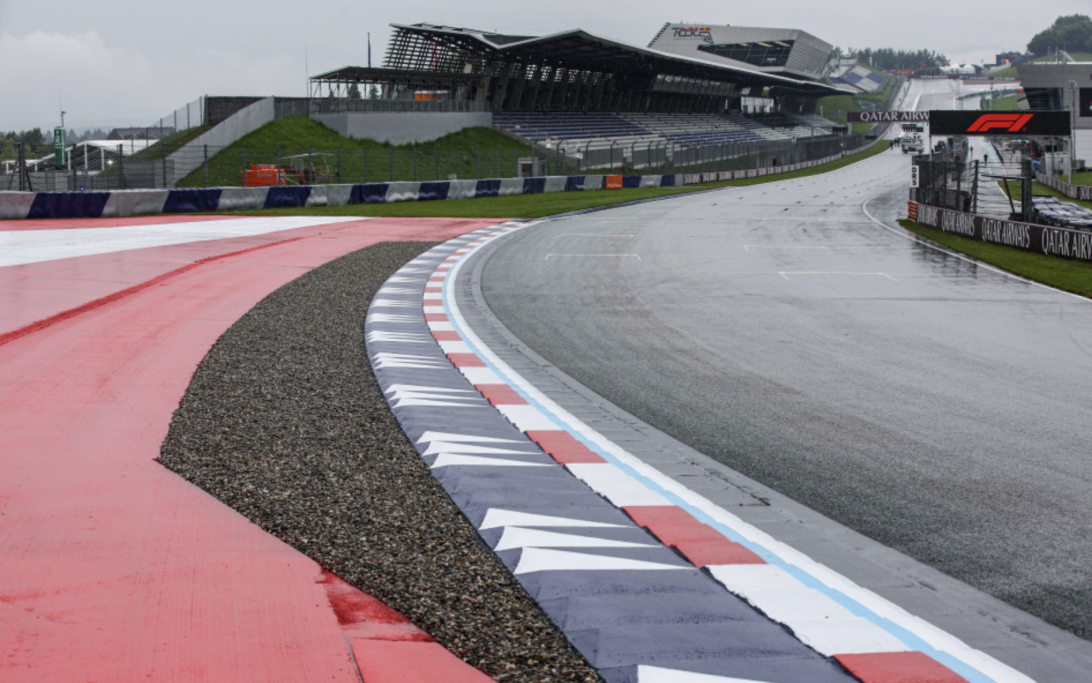



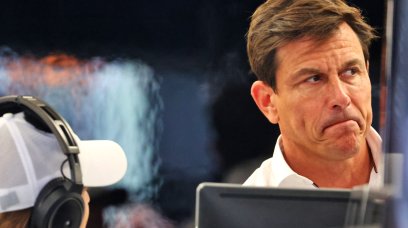
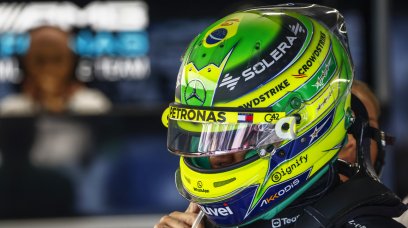
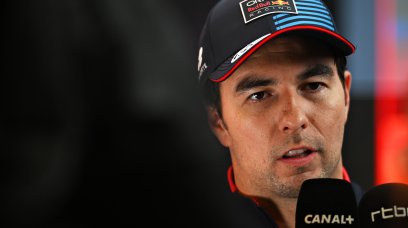


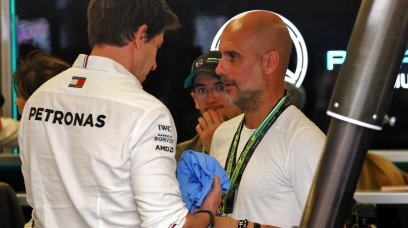

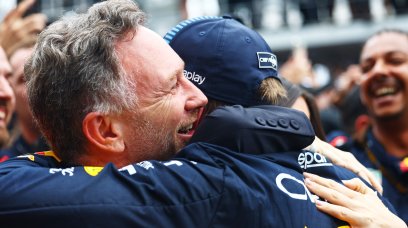












Join the conversation!